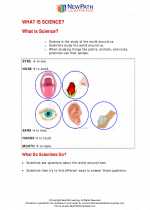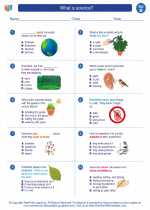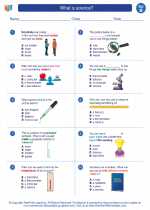Lithosphere
The lithosphere is the outermost solid part of the Earth. It includes the crust and the uppermost part of the mantle. This rigid outer layer is divided into tectonic plates that float and move on the semi-fluid asthenosphere below.
Composition
The lithosphere is primarily composed of rocks, minerals, and soil. It is divided into two main components: the crust and the upper mantle. The crust is the outermost layer, and it can be further divided into the continental crust and the oceanic crust. The upper mantle lies beneath the crust and is part of the lithosphere due to its rigid nature.
Features
Some of the key features of the lithosphere include mountains, valleys, plains, and other landforms. These features are the result of various geological processes such as tectonic movements, erosion, and volcanic activities.
Role in Earth's Systems
The lithosphere plays a crucial role in the Earth's systems. It is involved in the carbon cycle, as it serves as a reservoir for carbon through the presence of carbonates in rocks. Additionally, it is a key player in the water cycle, as it influences the movement and storage of water through its landforms and soil composition.
Importance
Understanding the lithosphere is important for various fields such as geology, geography, and environmental science. It helps us comprehend the Earth's surface features, the distribution of resources, and the impact of human activities on the planet.
Study Guide
- What is the composition of the lithosphere?
- Describe the role of the lithosphere in the carbon cycle.
- Explain the movement of tectonic plates and their impact on the lithosphere.
- Discuss the significance of the lithosphere in environmental science.
[Lithosphere] Related Worksheets and Study Guides:
.◂Science Worksheets and Study Guides Second Grade. What is science?

 Worksheet/Answer key
Worksheet/Answer key
 Worksheet/Answer key
Worksheet/Answer key
 Worksheet/Answer key
Worksheet/Answer key
 Vocabulary/Answer key
Vocabulary/Answer key
